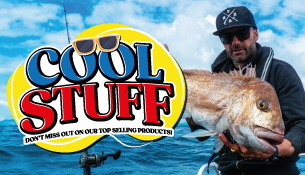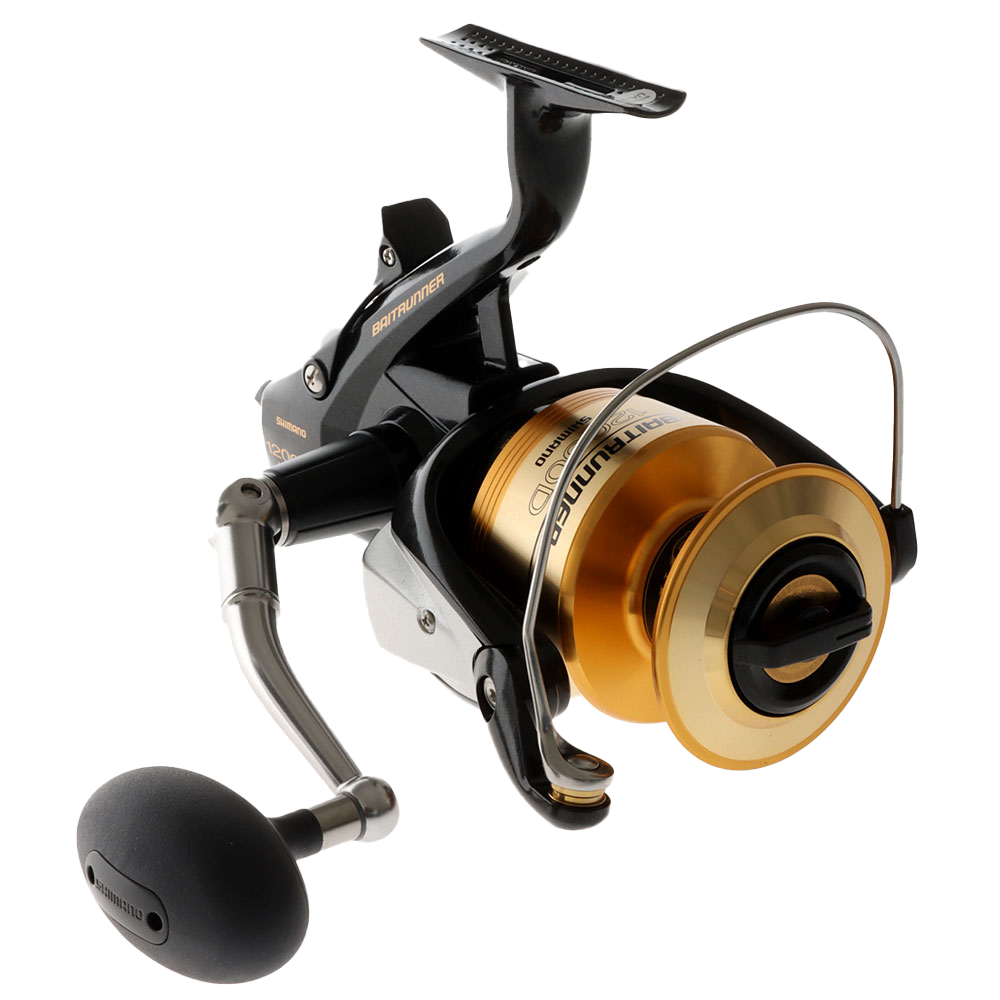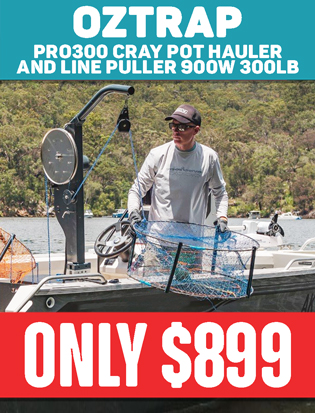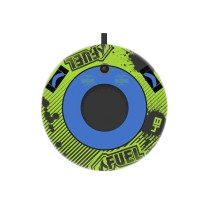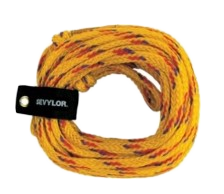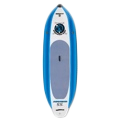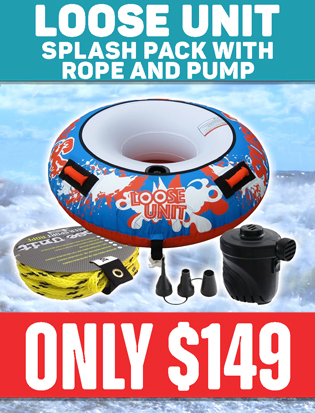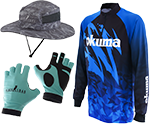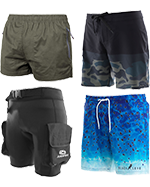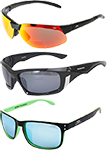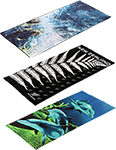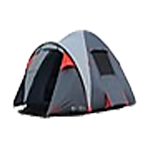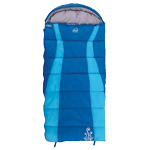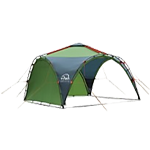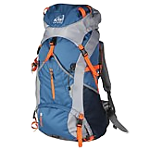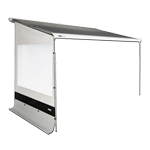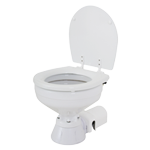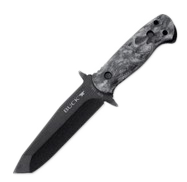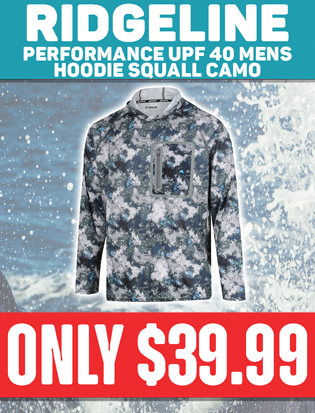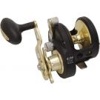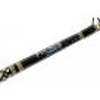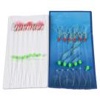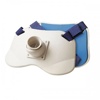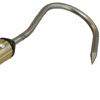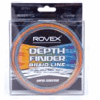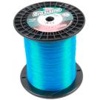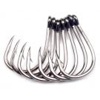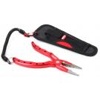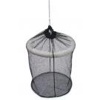-
Shop our Range
▼
-
Deals & Promotions
►
Featured Deals & Promotions
-
Fishing
►
Featured Fishing Categories
-
Boating
►
Featured Boating Categories
-
Marine Electronics
►
Featured Marine Electronics Categories
-
Diving & Snorkeling
►
Featured Diving & Snorkeling Categories
-
Watersports
►
Featured Watersports Categories
-
Apparel
►
Featured Apparel Categories
-
Camping & Hiking
►
Featured Camping & Hiking Categories
-
RV & Motorhomes
►
Featured RV & Motorhomes Categories
-
Hunting
►
Featured Hunting Categories
- Cool Stuff ►
- Shop By Brand
-
Deals & Promotions
►
-
How Can We Help You?
Give Us A Call 1800 154 713
Or get us to call you... request a call back
- Australia's Fastest Delivery with TGE Courier
- Free Delivery on orders over $199* Metro only. T&Cs Apply.
- Full Warranty And No Worries Returns We'll refund, repair or replace
- Insanely Easy Returns via ParcelPoint 1500+ locations Australia-wide
- Lowest Price Guarantee Find a lower price, we'll match it or we can do better!
- Massive Range 21,000+ products in stock ready to ship!
- AfterPay Shop Now. Pay Later.
Live Baiting
Reels (6)
Rods (9)
Sabiki Rigs (70)
Gimbal Belts (13)
Landing Gear (8)
Braid (14)
Line / Nylon / Trace (22)
Hooks (85)
Terminal Tackle (28)
Tools (23)
Xtras (27)
Live Baiting - an excellent way to target Kingfish...
Gear used is similar to that of deep sea fishing. Balloons are used in shallow water which keeps the live bait off the bottom so the 'livie' doesn't get lost in the reef. Use cotton to tie the balloon on so the balloon can break away when a fish strikes.
In deeper water a Ledger rig is dropped on the edge of a reef to get the live bait in amongst the schools of fish down below.
Some people troll live baits at very low speeds to cover more territory.
15-24 kilo gear is used and so are both monofilament and braid. Mono has stretch which absorbs impact and retains pressure on the fish while braid can go slack and the hook can fall out. However braid does give extra sensitivity to the activity of the fish.
Livies are caught using Sabikis. Livies are mainly found around wharfs, shallow reefs, harbours and estuaries. Once you catch livies you need to store them in a live bait tank. A continous water feed is critical to survival of the livies. If you catch a livie that's bleeding, it's best to throw it away as it can contaminate the water and die. Only retain good fresh livies.
There are multiple ways of rigging live bait. For Kahawai, the most common way is to place the hook through the back of the fish behind the dorsal fin. For yellow tail, feed the hook through the nose of the fish.
Heavy duty trace is required for live baiting (100 lb to 300 lb). Larger fish are likely to swim and bust the line on foul or rocks so 1 to 4m of trace can absorb the impact of the line being caught up in the foul.
Browse through the items below for all gear related to live baiting or, head straight for the relevant sub-category by clicking on one of the blobs below...
-
Owner Gorilla Livebait Hooks 4/0 Qty 4
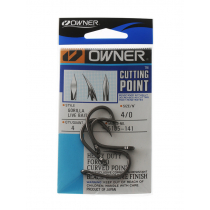 Why pay $11.50ONLY $9.19SAVE $2.31!
Why pay $11.50ONLY $9.19SAVE $2.31!In Stock
-
Mustad Ultrapoint Octopus Hooks
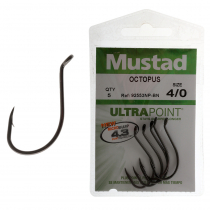 Why pay $6.55FROM $5.55SAVE $1.00!
Why pay $6.55FROM $5.55SAVE $1.00!In Stock
-
Trokar TK13 Vapor Offset Hooks 3/0 Qty 12
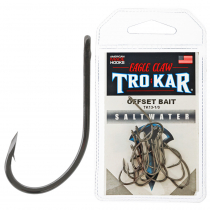 Why pay $17.99ONLY $9.19SAVE $8.80!
Why pay $17.99ONLY $9.19SAVE $8.80!Hurry! 2 left in stock
-
Okan Japanese Sabiki Rig Red Flash 10
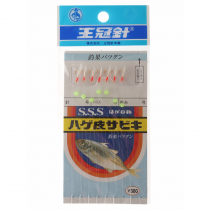 Why pay $8.29ONLY $5.55SAVE $2.74!
Why pay $8.29ONLY $5.55SAVE $2.74!In Stock
-
Ullcatch Bait Cotton Weaver
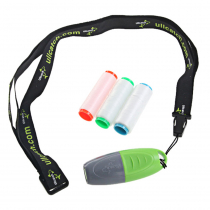 Why pay $38.84ONLY $26.99SAVE $11.85!
Why pay $38.84ONLY $26.99SAVE $11.85!In Stock
-
BKK Iseama with Ring Canal Bait Hook Qty 10
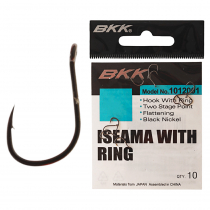 FROM $6.29
FROM $6.29In Stock
-
Black Magic Tough Trace
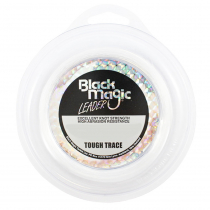 Why pay $19.95FROM $17.99SAVE $1.96!
Why pay $19.95FROM $17.99SAVE $1.96! -
Mustad Ultrapoint Octopus Hooks 8/0 Qty 3
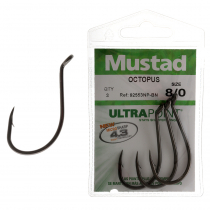 ONLY $5.55
ONLY $5.55In Stock
-
ManTackle Sabiki Rig with Sinker
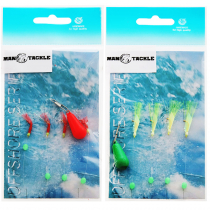 Why pay $4.79FROM $2.69SAVE $2.10!
Why pay $4.79FROM $2.69SAVE $2.10! -
Black Magic Tough Trace 100m Charter Pack
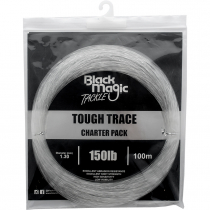 Why pay $35.19FROM $31.50SAVE $3.69!
Why pay $35.19FROM $31.50SAVE $3.69!In Stock
-
PowerPro High-Visibility Yellow Braid 150yd
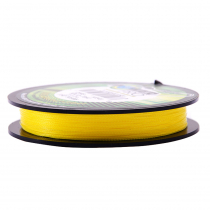 Why pay $31.99FROM $22.50SAVE $9.49!
Why pay $31.99FROM $22.50SAVE $9.49! -
Pioneer Altitude Sea Spirit Overhead Jigging Rod 5ft 8in PE 3-5 2pc
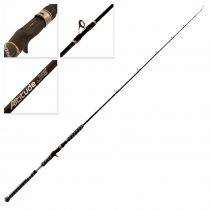 Why pay $175.00ONLY $99.00SAVE $76.00!
Why pay $175.00ONLY $99.00SAVE $76.00!In Stock
-
Sufix Superior Mono Leader Clear 100m 300lb
 Why pay $39.50ONLY $33.99SAVE $5.51!
Why pay $39.50ONLY $33.99SAVE $5.51!In Stock
-
Daiwa J-Thread Spartan NY Monofilament Leader White
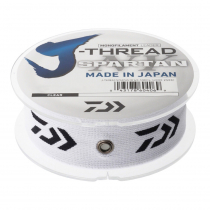 Why pay $31.99FROM $17.99SAVE $14.00!
Why pay $31.99FROM $17.99SAVE $14.00! -
Fishtech 5-Hook Sabiki Rig 5 Pack
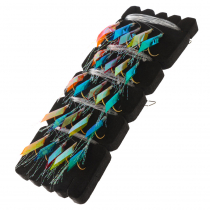 Why pay $13.50ONLY $11.99SAVE $1.51!
Why pay $13.50ONLY $11.99SAVE $1.51!In Stock
-
Sufix 832 Advanced Superline Braid Neon Lime
 FROM $42.99
FROM $42.99
-
Marine Deals Fish Measure Sticker
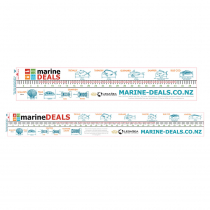 FROM $8.69
FROM $8.69In Stock
-
Jarvis Walker Bait Bucket with Belt Blue White
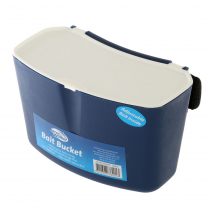 Why pay $12.99ONLY $10.50SAVE $2.49!
Why pay $12.99ONLY $10.50SAVE $2.49!Hurry! 4 left in stock
-
Berkley Vanish Fluorocarbon Trace
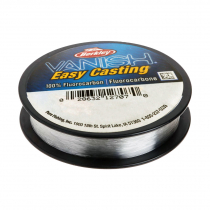 Why pay $19.99FROM $16.99SAVE $3.00!
Why pay $19.99FROM $16.99SAVE $3.00!In Stock
-
Black Magic KLT Tournament Circle Hooks
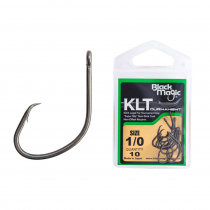 FROM $6.89
FROM $6.89In Stock




